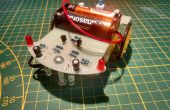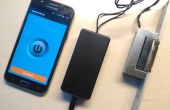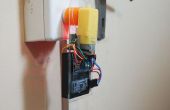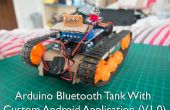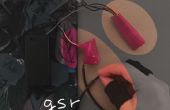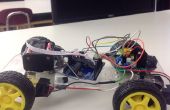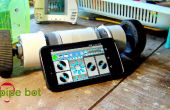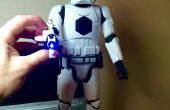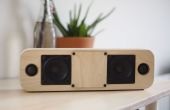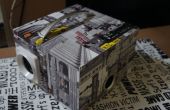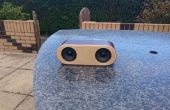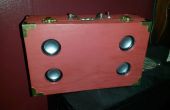Paso 3: código
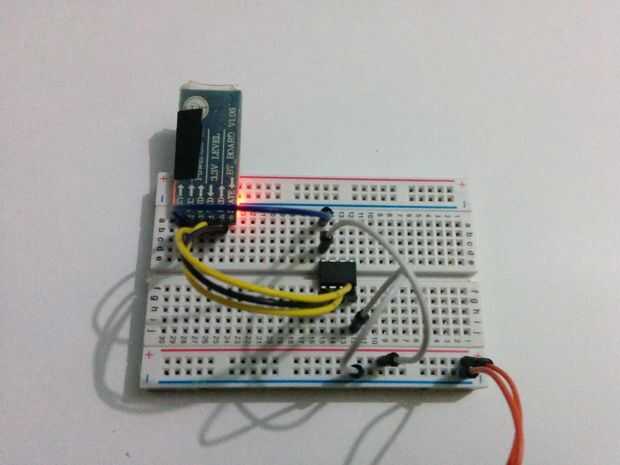
Aquí es un bosquejo de la prueba puede correr, conectar un led a 6 y cargar el código. Enviar 1 desde un terminal serie se encenderá el LED y envío 0 apagará.
#include //Software Serial Port#define RxD 1 #define TxD 2#define DEBUG_ENABLED 1 SoftwareSerial blueToothSerial(RxD,TxD);int led = 4; void setup() { pinMode(RxD, INPUT); pinMode(TxD, OUTPUT); setupBlueToothConnection(); pinMode(led,OUTPUT); digitalWrite(led,HIGH); } void loop() { char recvChar; while(1){ //check if there's any data sent from the remote bluetooth shield if(blueToothSerial.available()){ recvChar = blueToothSerial.read(); if(recvChar == '1') digitalWrite(led,HIGH); else digitalWrite(led,LOW); } } } void setupBlueToothConnection() { blueToothSerial.begin(9600); //Set BluetoothBee BaudRate to default baud rate 38400 blueToothSerial.print("\r\n+STWMOD=0\r\n"); //set the bluetooth work in slave mode blueToothSerial.print("\r\n+STNA=HC-05\r\n"); //set the bluetooth name as "HC-05" blueToothSerial.print("\r\n+STOAUT=1\r\n"); // Permit Paired device to connect me blueToothSerial.print("\r\n+STAUTO=0\r\n"); // Auto-connection should be forbidden here delay(2000); // This delay is required. //blueToothSerial.print("\r\n+INQ=1\r\n"); //make the slave bluetooth inquirable blueToothSerial.print("bluetooth connected!\n"); delay(2000); // This delay is required. blueToothSerial.flush(); }

